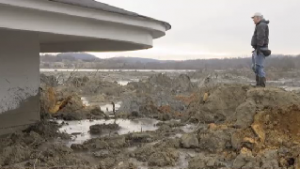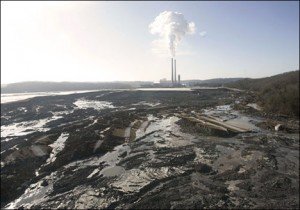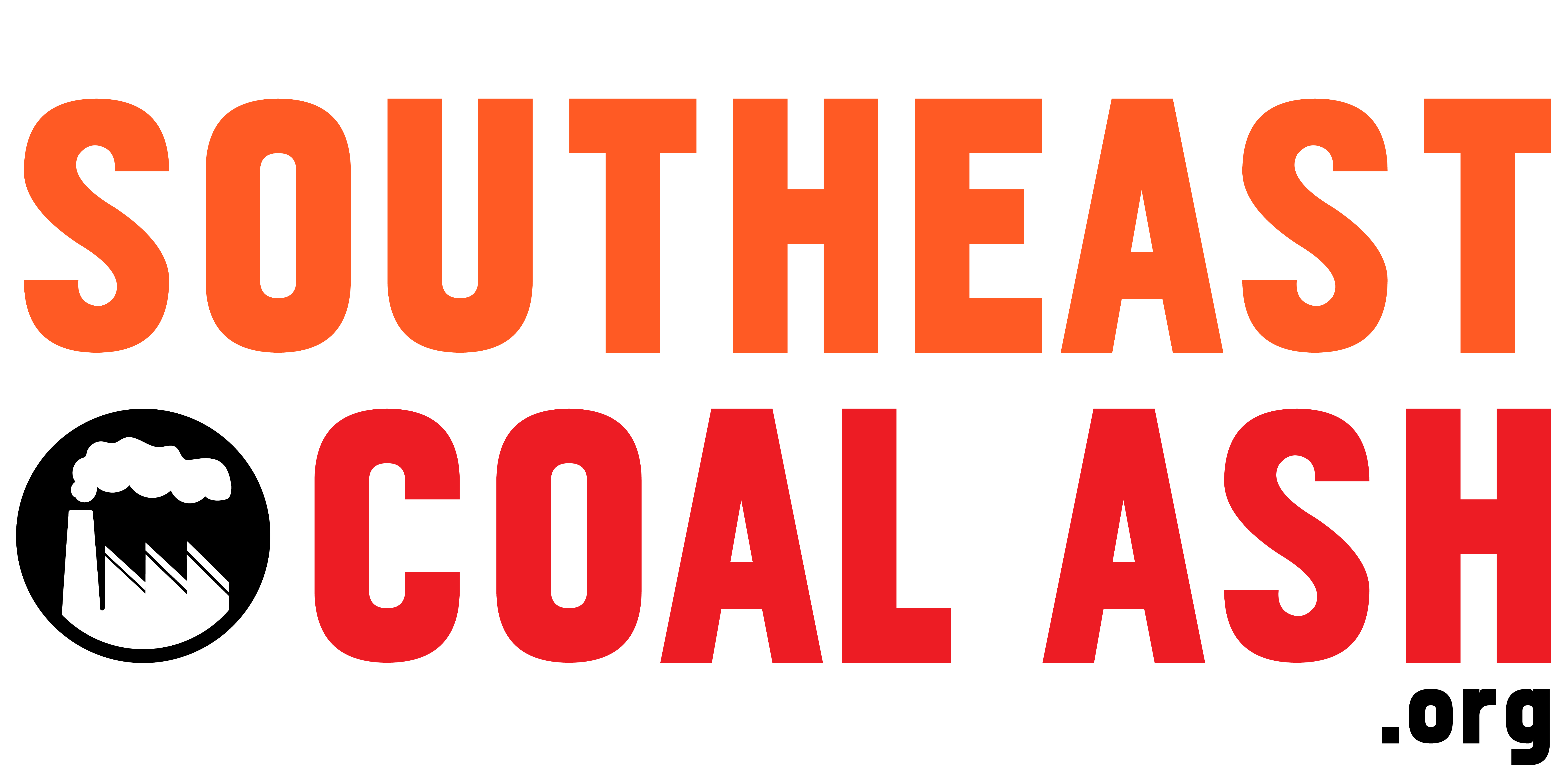
Photo Credit: Knoxville News Sentinel
General Overview
Tennessee is home to 8 coal-fired power plants and a total of 44 coal ash impoundments owned and managed by the Tennessee Valley Authority (TVA)–a federal agency and electric utility. If TVA has its way, 13.4 million tons of toxic coal ash will be capped in place in storage pits with no liner beneath the ash to prevent groundwater contamination. You can find the capacity of each pit by clicking a power plant on the homepage and scrolling down to Power Plant Details and Maps.
Tennessee is especially vulnerable to contamination from coal ash because almost all of its impoundments are over 30 years old, and many lack important safeguards like pollution liners and leachate collection systems. All of Tennessee’s coal-fired power plants are known to be contaminating drinking water supplies with toxic heavy metals. TVA plans to leave all its coal ash where it already is, threatening ground and surface water, presumably forever.
The Kingston Coal Ash Spill
In late 2008, Tennessee experienced the largest industrial spill in the history of the United States at the Kingston Fossil Plant near Harriman, Tennessee. Over one billion gallons of ash sludge poured into the Emory River and across 300 acres of nearby property, destroying communities and aquatic ecosystems alike. The workers who helped clean up the ash from the Kingston spill are suing the contractor who worked for TVA – on account of significant respiratory illnesses.

Photo Credit: Associated Press
In late 2012, a U.S. District Court found the Tennessee Valley Authority (TVA) fully responsible for the 2008 Kingston coal ash spill. They found that TVA’s negligence makes the utility responsible for the disaster, forcing them to pay damages to more than 500 property owners who sought damages from the disaster. TVA purchased around 180 properties and settled nearly 200 other claims with local residents. They also paid $43 million to the Roane County Economic Development Foundation toward future restoration projects. While TVA has cleaned up nearly 4 million cubic yards of coal ash from nearby rivers, millions more cubic yards remain in the river and will be left there for the foreseeable future.
Legislation
Tennessee does have dam safety laws, however, these exempt coal ash dams from its jurisdiction, leaving communities across the state vulnerable to major catastrophes such as the Kingston Disaster. State law also allows the Commissioner of the Tennessee Department of Environment and Conservation to waive any safeguard provisions at their discretion. This independent authority can create inconsistency and allow major polluters to fall through the cracks, resulting in situations like Tennessee’s several cases of contamination at coal-fired power plants.
Create-Your-Own Coal Ash Report
Full control to create the report of your choosing listing coal plants with ash impoundments in the Southeast.
Create your report NOW!
